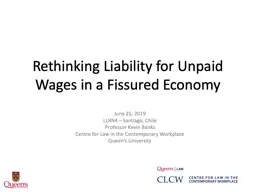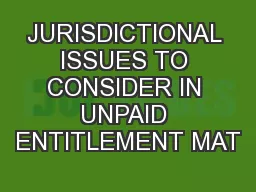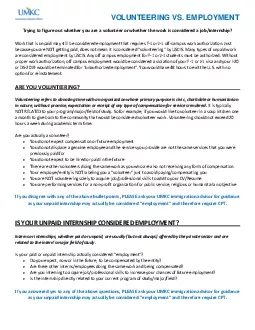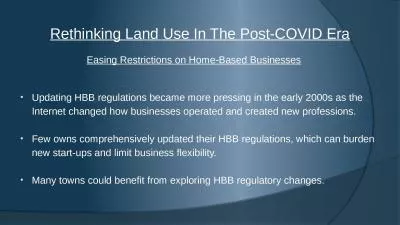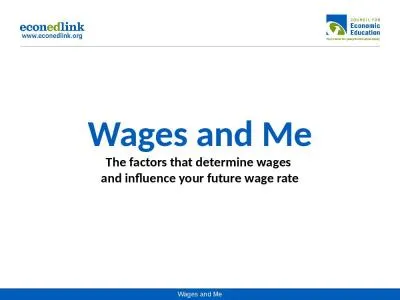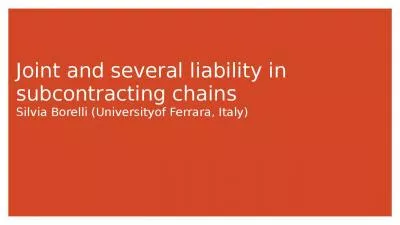PPT-Rethinking Liability for Unpaid Wages in a Fissured Economy
Author : crunchingsubway | Published Date : 2020-06-16
June 25 2019 LLRN4 Santiago Chile Professor Kevin Banks Centre for Law in the Contemporary Workplace Queens University Outline The problem 2 Current responses policy
Presentation Embed Code
Download Presentation
Download Presentation The PPT/PDF document "Rethinking Liability for Unpaid Wages in..." is the property of its rightful owner. Permission is granted to download and print the materials on this website for personal, non-commercial use only, and to display it on your personal computer provided you do not modify the materials and that you retain all copyright notices contained in the materials. By downloading content from our website, you accept the terms of this agreement.
Rethinking Liability for Unpaid Wages in a Fissured Economy: Transcript
Download Rules Of Document
"Rethinking Liability for Unpaid Wages in a Fissured Economy"The content belongs to its owner. You may download and print it for personal use, without modification, and keep all copyright notices. By downloading, you agree to these terms.
Related Documents

